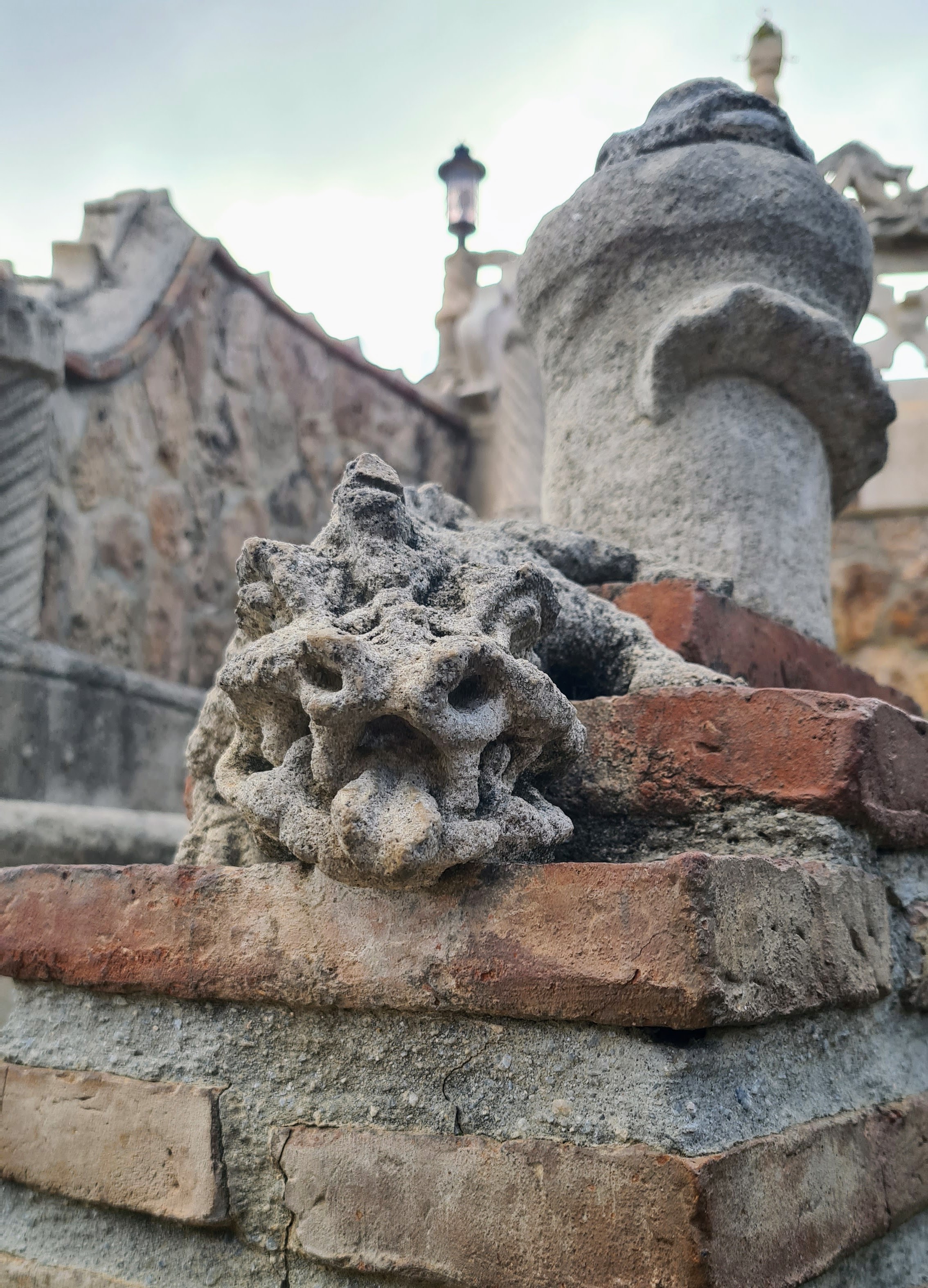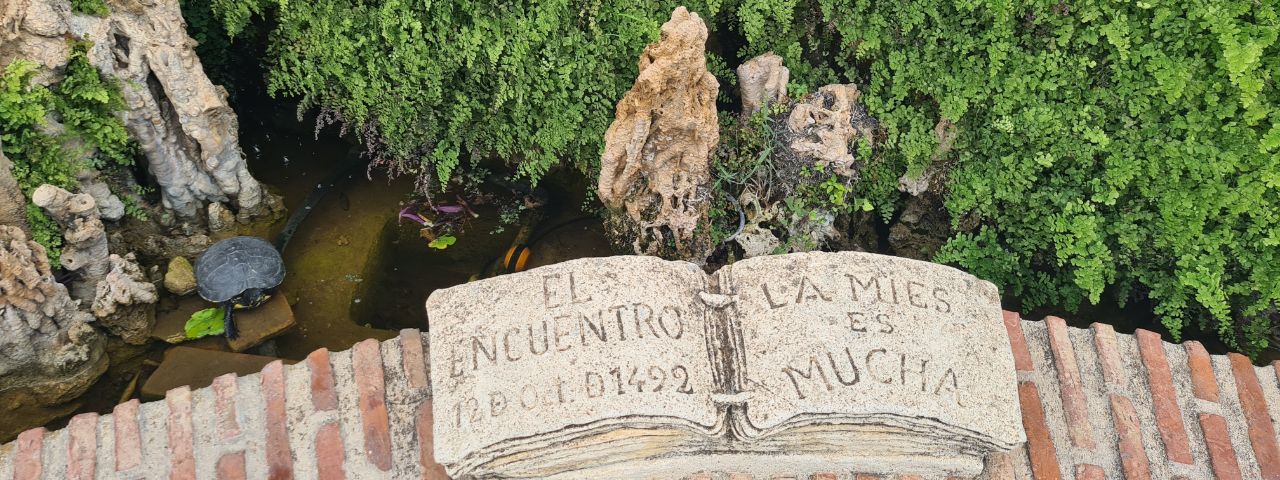If you’re craving a dose of maritime discovery spirit with a side of architectural wonder, Benalmadena’s Colomares Castle awaits your visit. Perched in the picturesque coastal town of Benalmadena near Malaga, this structure plays a delightful trick on the eyes. While it masquerades as an ancient fortress, Benalmadena’s crown jewel is neither a genuine castle nor a traditional museum. Instead, the masterminds behind Benalmadena’s Colomares created a monument celebrating Christopher Columbus (Cristóbal Colón) – a contemporary tribute with historical gravitas that has become synonymous with Benalmadena itself.
You’ve heard the tale – the one about the discovery that flipped the world’s atlas upside down. Christopher Columbus, history’s most ambitious adventure-hungry visionary, charted his own path in history. He stubbornly insisted explorers could reach Asia’s riches by sailing westward rather than eastward. Unlike some of today’s youth, Columbus firmly grasped that Earth was round, not flat. Though he missed the minor detail of an entire continent blocking his path to takeout Chinese food.
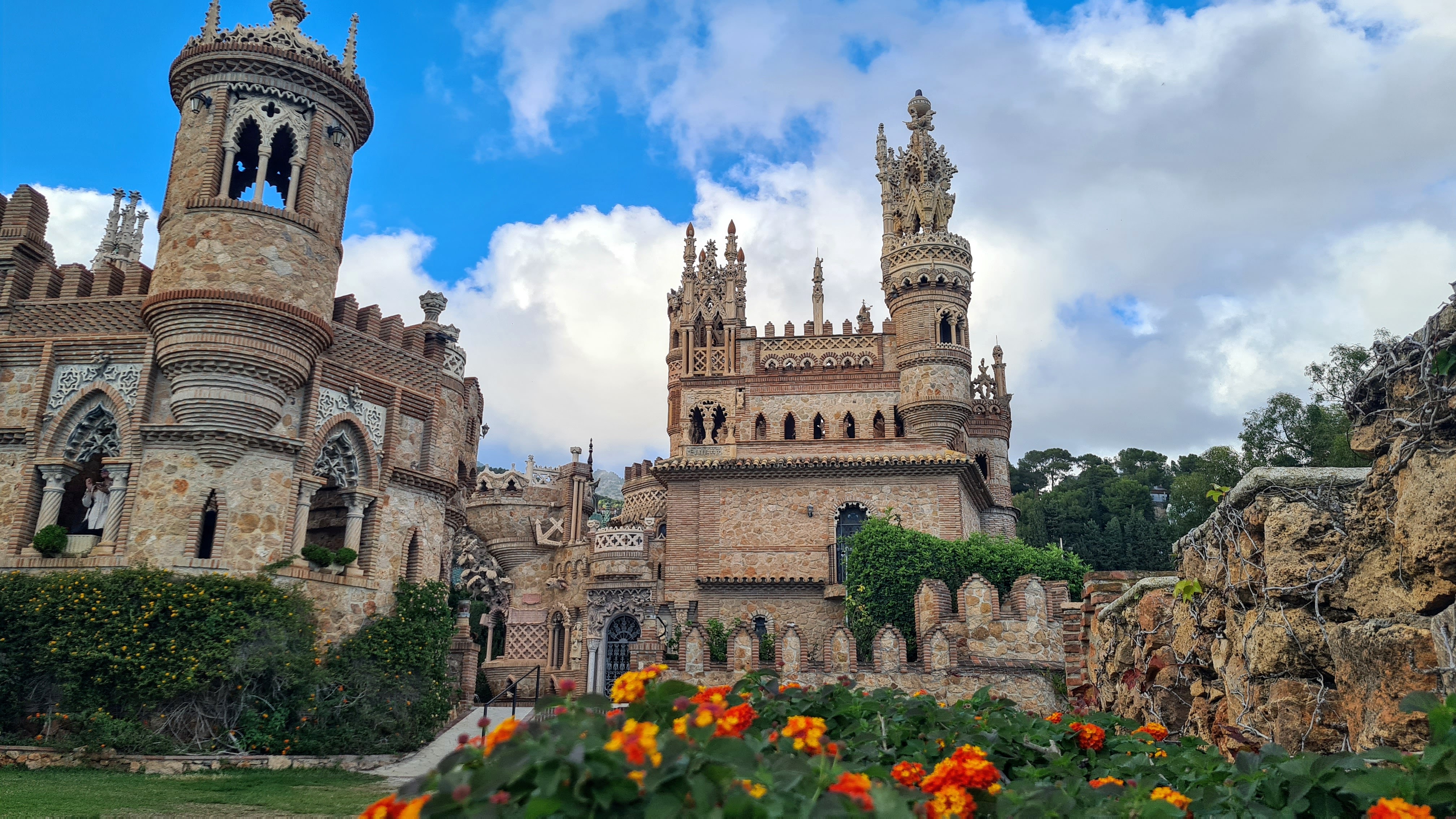
Back then, eastward routes presented their own Netflix-worthy drama series of challenges. The Ottoman Empire effectively put up a “road closed” sign on traditional trade paths, while circumnavigating Africa involved a journey lengthy and complicated. Columbus pitched his wild startup idea to various royal investors, facing rejection after rejection. Portugal, Genoa, and Venice all swiped left on his proposal, dismissing it as too risky and impractical.
After years of persuasion, Spanish monarchs Queen Isabella I of Castile and King Ferdinand II of Aragon finally caved and agreed to fund his expedition. Columbus’ convincing skills and promises of immense wealth and glory secured him three modest vessels: the Santa María, Pinta, and Niña.
The ships weren’t exactly luxury liners, but they suited Atlantic voyage requirements. Loaded with provisions, weapons, and trade goods like glass beads and metal works meant for supposed Asian locals, Columbus’ fleet departed from Andalusia on August 3, 1492.
After 70 days at sea, on October 12, they spotted the Bahamas – specifically Guanahani Island, which Columbus renamed San Salvador. Believing he’d reached Asia and expanded trade routes to India, Columbus went to his grave in 1506 never realizing he’d stumbled upon an entirely new continent. He remained convinced he’d reached the East Indies, hence labeling the indigenous people “Indians” – perhaps history’s most persistent geographic misnaming.
This discovery marked Spain’s debut as a world empire. At its peak, Spanish territories stretched from Patagonia’s white glaciers to the frozen expanses of Alaska – 35 colonies. Most colonists embarked for America from Andalusia, which explains why Latin American Spanish still maintains close ties with the Andalusian dialect.
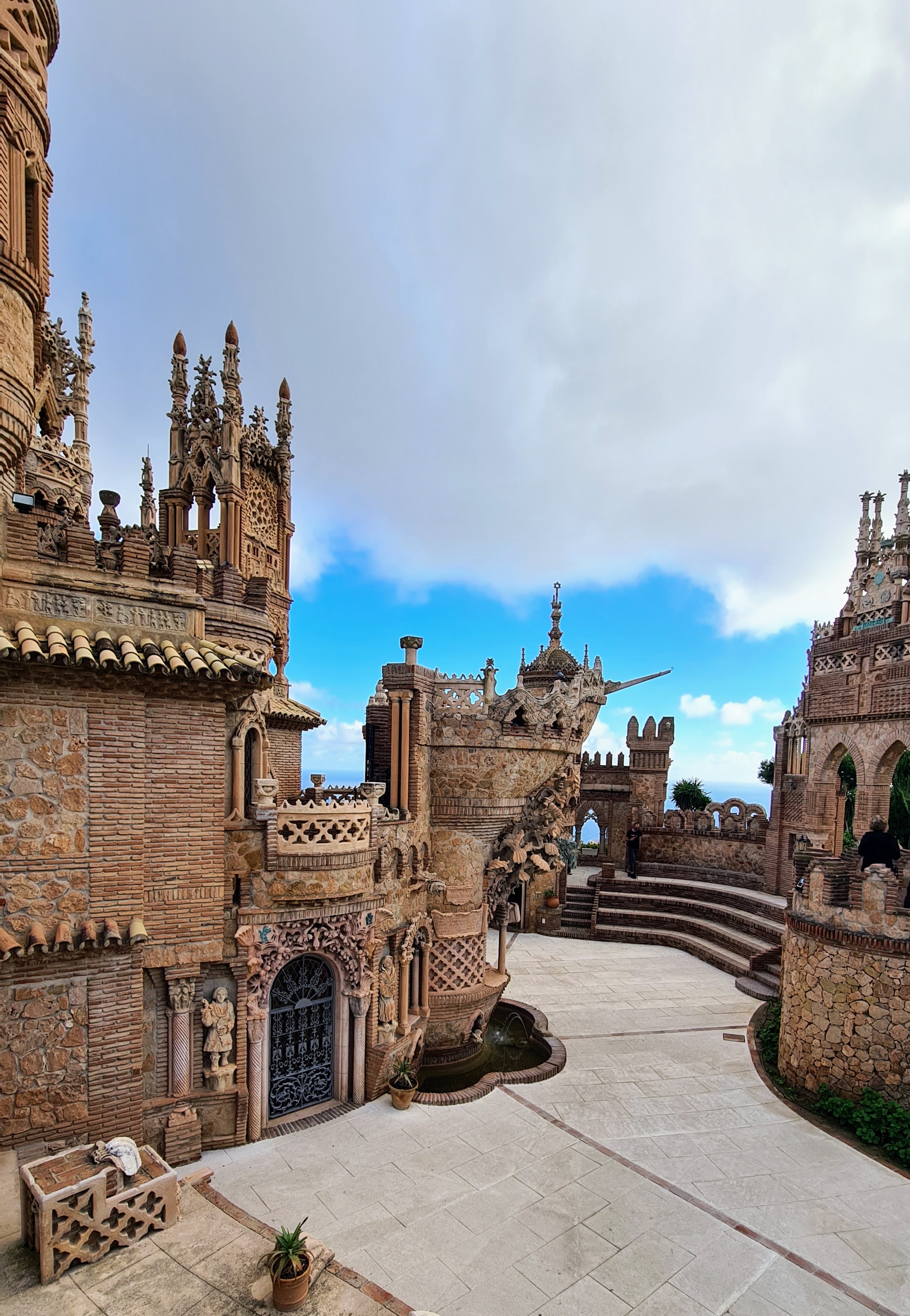
Although conquests, plunder, and diseases devastated many native civilizations (estimates suggest up to a shocking 90% of indigenous populations perished during the first century of contact, mostly from smallpox, measles, and influenza their immune systems had never encountered), this collision of worlds triggered an unprecedented exchange of cultures, technologies, and agriculture, later dubbed the Columbian Exchange.
America exported to Europe numerous plants that revolutionized Old World nutrition and economy:
- Corn, becoming a dietary staple across European regions
- Chocolate, evolving from luxury to beloved everyday treat
- Potatoes, Europe’s famine-fighting superhero (and inspiring Lithuanians to reimagine their flag as yellow-brown-crispy)
- Tomatoes, without which Italian cuisine would be unrecognizable today
- Tobacco, creating new social customs and economic sectors
- Pineapples, pumpkins, and peppers
Europe sent to America:
- Wheels and carts, revolutionizing transportation
- Cattle, horses, and other domestic animals
- Wheat, sugarcane
- Advanced metallurgy and weapons manufacturing
- Writing systems and printing technologies
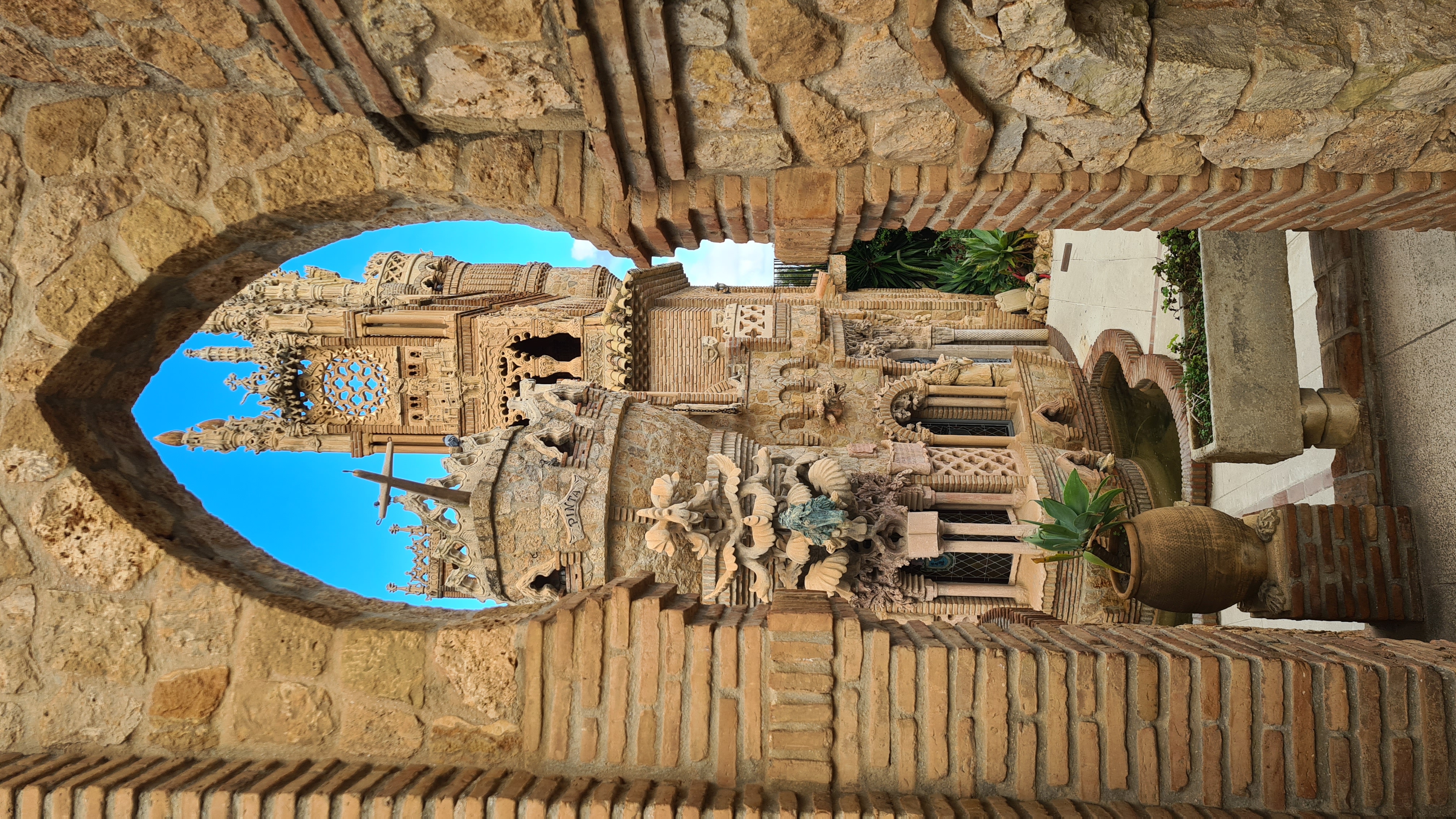
As the 500th anniversary of America’s discovery approached (1992), gynecologist Dr. Esteban Martín ignited with an ambitious vision – to create an extraordinary monument to Columbus in beautiful Benalmadena. He dreamed grandly: Benalmadena’s 1,500-square-meter complex would reflect not just Columbus’ naval journey but the magnitude of this historic discovery.
Though not a professional architect, Esteban Martín, driven by passion for art and history, personally designed and began constructing this remarkable creation on his Benalmadena property. The monument’s architecture incorporates:
- Byzantine stylistic elements
- Gothic architectural influences
- Shapes reminiscent of Columbus’ ships
- Christian symbols
- Navigational instrument motifs
Construction in Benalmadena began in 1987 and continued for seven years. Financial difficulties temporarily halted progress, but Esteban’s family, honoring his memory and vision, completed the project after his death. Today, this structure that puts Benalmadena on the map stands recognized as the world’s largest monument dedicated to Christopher Columbus and America’s discovery – making Benalmadena a must-visit destination for history buffs and architecture enthusiasts alike.
Practical information:
- Entrance fee: 3 EUR
- Free parking available
- Instagram-worthy photos guaranteed (no filters needed in Benalmadena!)
